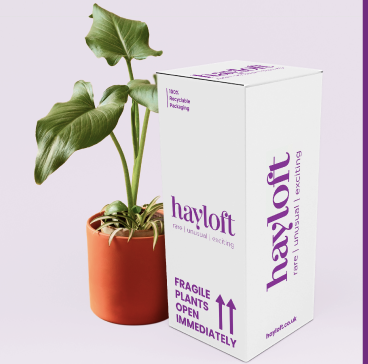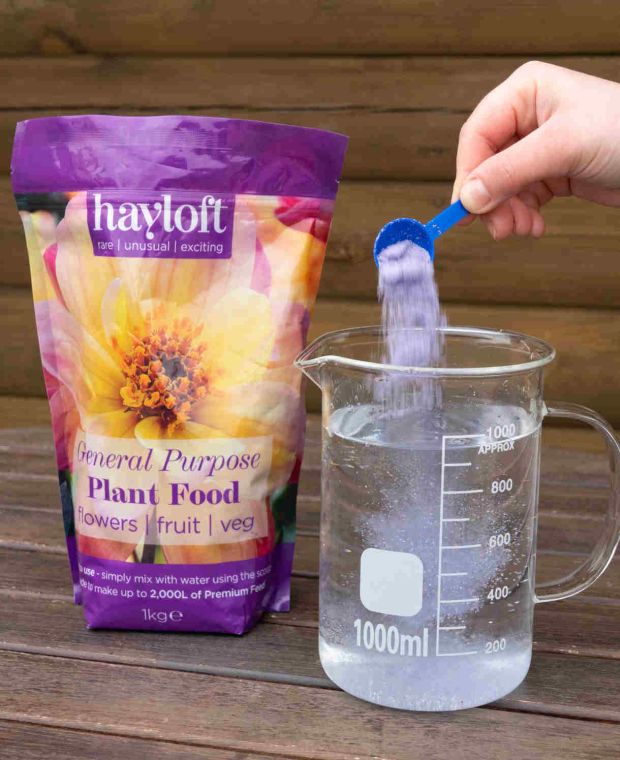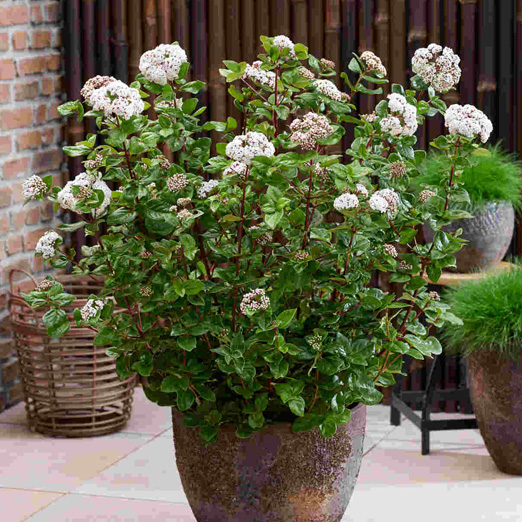How to grow Holboellia
From the Lardizabalaceae family, Holboellia are vigorous, evergreen climbing shrubs which have twining stems holding leathery foliage and bearing axillary clusters of small, scented flowers in spring. Intriguingly, the apparent petals are really sepals, with the true petals being reduced to nectaries. In the male flowers there are six stamens and a rudimentary ovary. The female flowers have small non-functional stamens (staminodes) and three carpels, each developing into a fleshy ‘pod’. The perfume has been likened to a cross between melon and jasmine. Both male and female flowers appear on one plant, and, in autumn, elongated pinkish-purple fruits up to 10cm long appear which are said to resemble sausages – hence the common name ‘Sausage Vine’. Fruits are edible but have a bitter taste, even when cooked, so may be best left as ornamentals!
The genus contains five different species which are native to China and the Himalayas. Plants were named after the manager of the Botanic Garden at Copenhagen, F L Holboell, back in the 1800s and we currently supply 3 types: latifolia (broad-leaved sausage vine), coriacea (sausage vine), traversii (also broad-leaved sausage vine) – it is these to which our notes apply.
Holboellia prefer moist, fertile, humus rich, well-drained soils. It tolerates most pH of soil but dislikes dry soils.
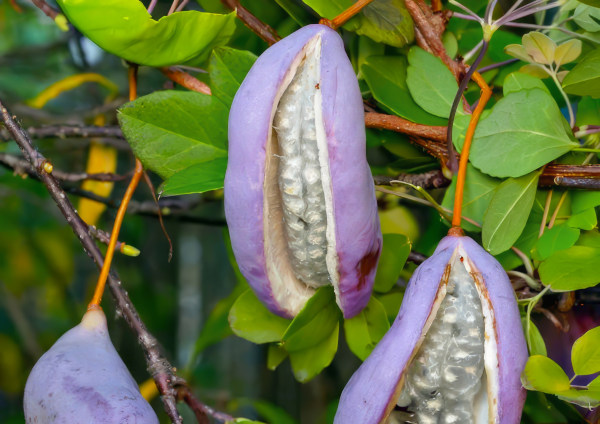
Zantedeschia is a genus of flowering plants from the family Araceae and is native to southern Africa. With a rich history dating back to the Ancient Romans, these deciduous or semi-evergreen perennials have been used as a symbol of celebration. Zantedeschia was Named after Professor Giovanni Zantedeschia, an Italian botanist.
There are two main forms of Zantedeschia: hardy and tender. Hardy forms of the plant can be grown outdoors, enjoy moist soil and full sun or partially shaded conditions - these are known as Arum lilies. Tender forms of Zantedeschia prefer being grown in containers or pots and should be brought inside over the winter - these are known as Calla lilies.
With tuberous flora in all colours from whites, yellows and oranges to deep reds and purples, Zantedeschias are not to be overlooked in any garden, as long as they have sufficient sunlight to grow in.
Ready to learn more about growing Zantedeschia? Read on for all there is to know...
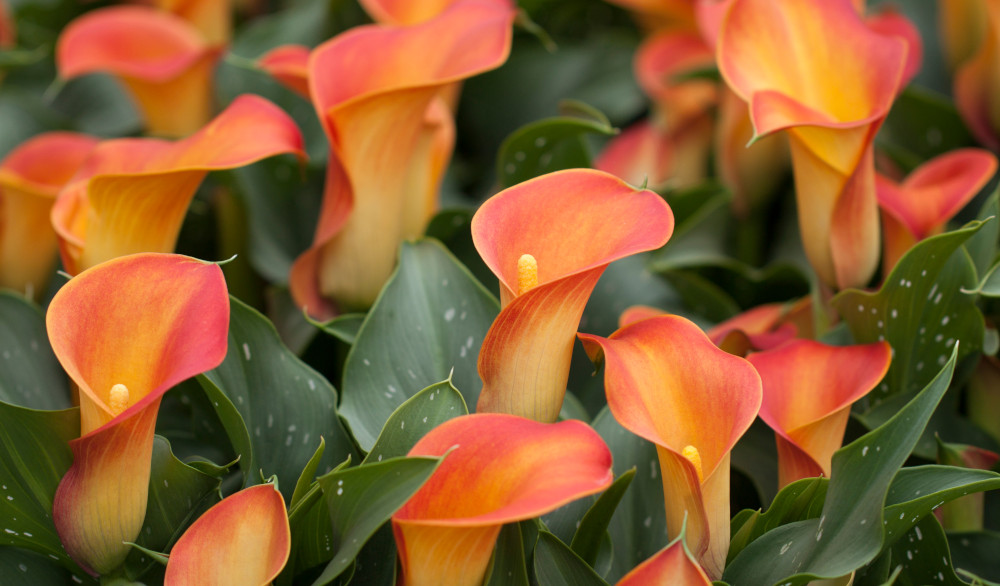
Key Information
Soil pH
Position
Hardiness


Where & when to plant Holboellia
Position - A sunny, sheltered spot which offers some kind of support for your vine to clamber up. More sun means more flowers.
Soil - Moist, well-drained, fertile soil of any kind. Coriacea will even cope with heavier clay soils.
Flowering Period - Spring, summer with fruits in autumn
Hardiness - Latifolia and coriacea are H4 hardy to between -5°C and -10°C. Traversii is fully hardy throughout the UK.
Holboellia will suit planting against most sheltered walls or trellis including cool shade. Do bear in mind that some sunshine is needed to produce flowers and subsequent fruits.
Best planted in late spring when the risk of frost has passed so your Holboellia has an opportunity acclimatise and ‘harden off’ as it settles in over the summer months. If your plant arrives early, we advise keeping in a cool, frost-free environment such as an unheated conservatory or greenhouse until the last risk of frost has passed in your area (generally around mid to late May). Plants, even the fully hardy ‘traversii’ varieties, will be vulnerable to frosts when young and newly planted.
Holboellia is perfect for giving an exotic look to a sunny wall or pergola and can be planted either in the ground or in a (large) container. It will require support such as wires, an arbor, fence or trellis so new shoots should be teased through and tied in as this is not a self-clinging vine.
How to plant Holboellia
In the ground
- Choose a spot against a sunny wall or pergola, and, if not there already, install some form of support such as wires or a trellis. A south or west facing aspect is ideal although plants are happy in any aspect.
- Clear the area of weeds.
- Dig a planting hole several times larger than the root ball. If you are gardening on soil that is poor, dry, or stony it is a good idea to mix in plenty of well-rotted organic matter at this stage.
- Place the plant in the hole, angling it very slightly towards the supporting structure. Ensure no part of the rootball is above the surface of the soil, otherwise it is likely to dry out.
- Backfill with soil and firm in gently.
- Soak well with water.
- Mulch with well-rotted organic matter.
In a container (suitable for latifolia and traversii)
- Choose a spot against a sunny wall or pergola, and, if not there already, install some form of support such as wires or a trellis. A south or west facing aspect is ideal.
- Choose an appropriate container (the bigger the better), ensuring there are plenty of drainage holes in the bottom.
- Use a good quality potting compost with plenty of horticultural grit mixed in, and, if not already present in the compost (check the description on the bag) some slow-release fertiliser granules.
- Start by partially filling the pot with compost; enough so that when placed on it the upper surface of the root ball is about 3cm lower than the top of the pot. Angle the plant it very slightly so it can be positioned to grow towards the supporting structure.
- Infill all the space surrounding the root ball with compost, firming down with your fingers then adding a little more so the plant is held tight. Ensure no part of the root ball is above the surface, otherwise it is likely to dry out.
- Pick up the pot (if you can!) and lightly tap on the potting bench or ground a few times to help further settle the compost around the plant.
- Soak well with water.
A mulch with horticultural grit will look attractive and help to prevent a ‘cap’ or crust forming on the top of the compost (something container plants can suffer due to the artificial nature of their watering).
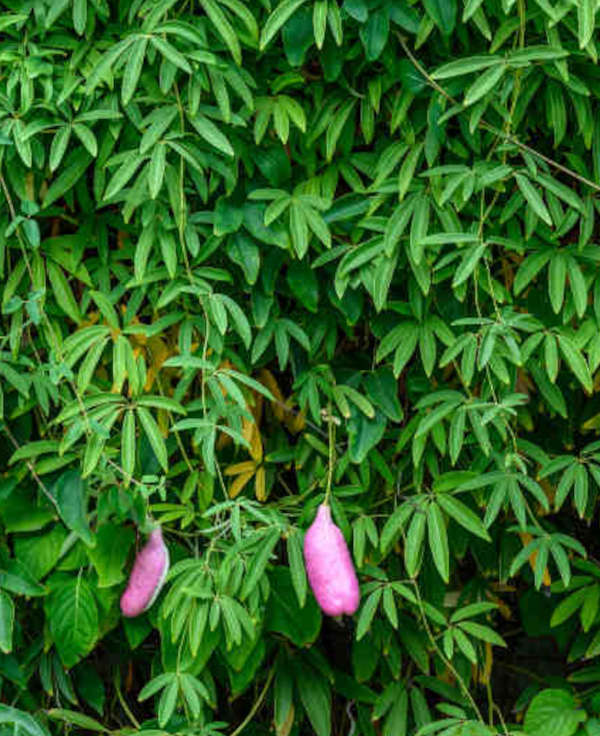
What to plant with Holboellia
These waxy leaved evergreens can form an attractive backdrop to all manner of planting styles, even when not in flower or fruit. Latifolia and coriacea will grow to a mature height of around 8 metres, with a spread of 4 metres so may not need other climbers to enhance them. Traversii reaches 5 metres tall and spreads around 1 metre so, perhaps, suits combining with other climbers such as the powerfully fragrant, creamy yellow Trachelospermum jasminoides ‘Star of Jasmine’, or the similarly vigorous, white-flowered Polygonum aubertii.
For underplanting, we recommend Hydrangea arborescens ‘Annabelle’, clipped balls of Euonymus japonicus ‘Green Spire’, and ground-level clouds of Erigeron karvinskianus or hardy geraniums.
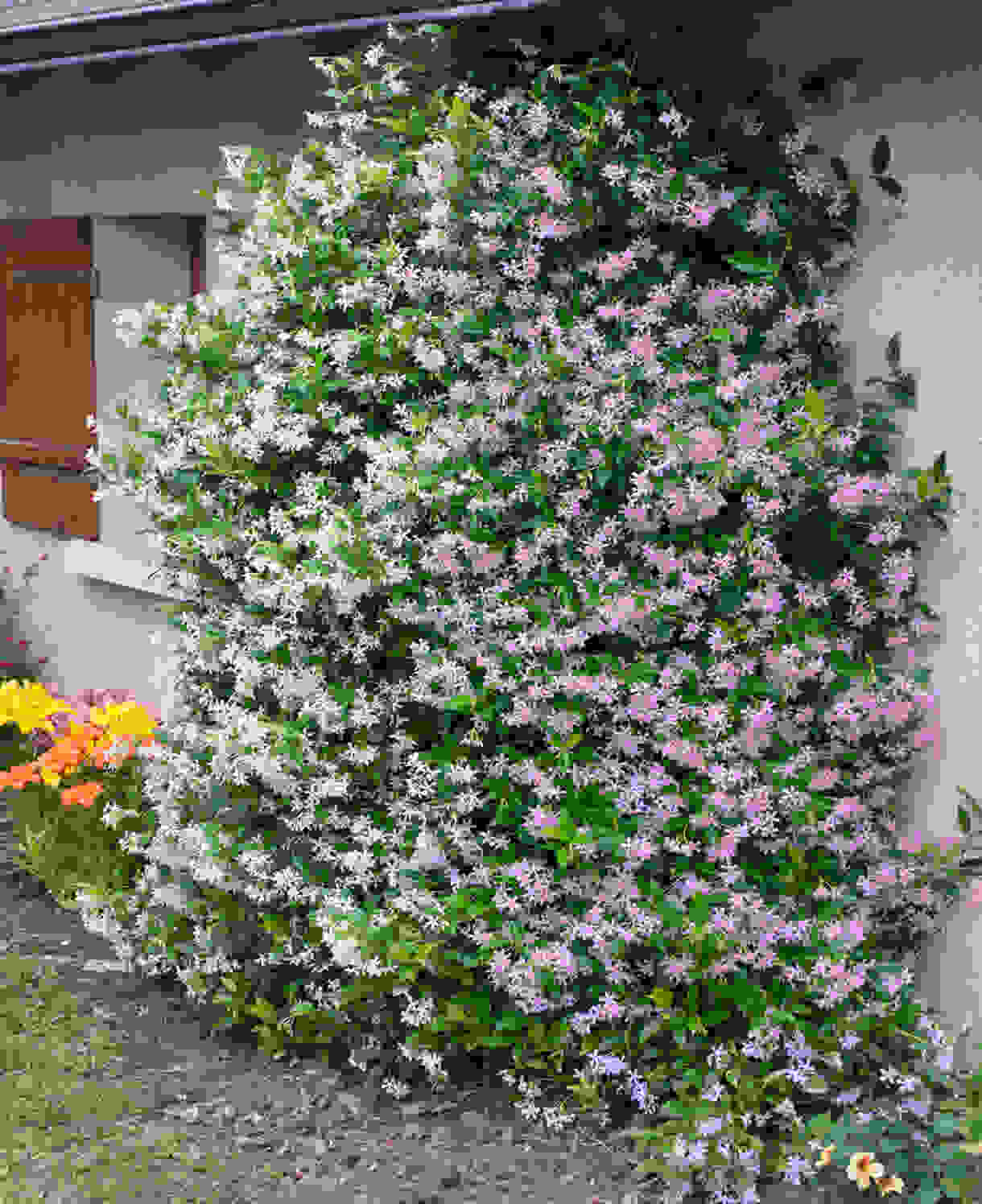
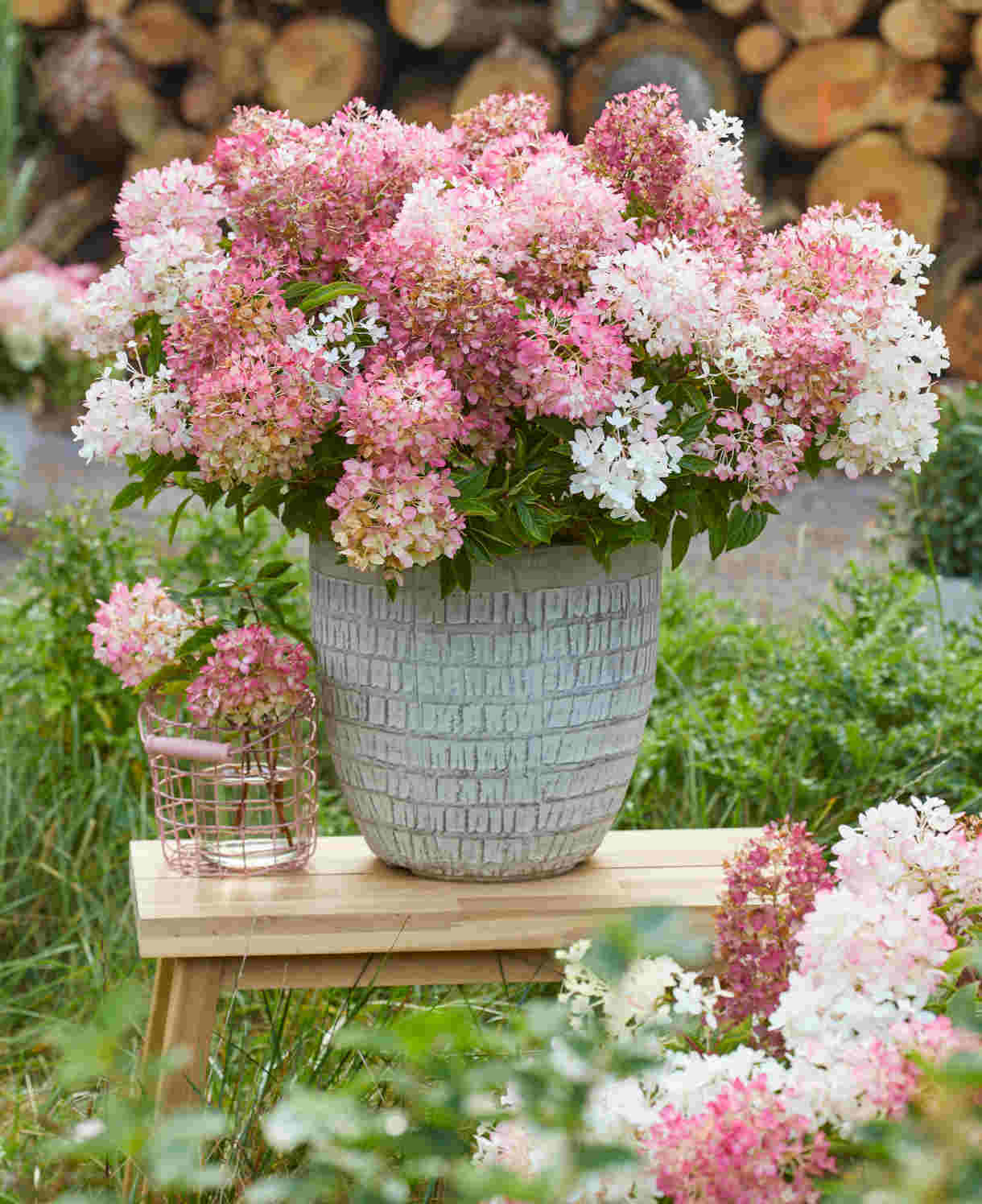
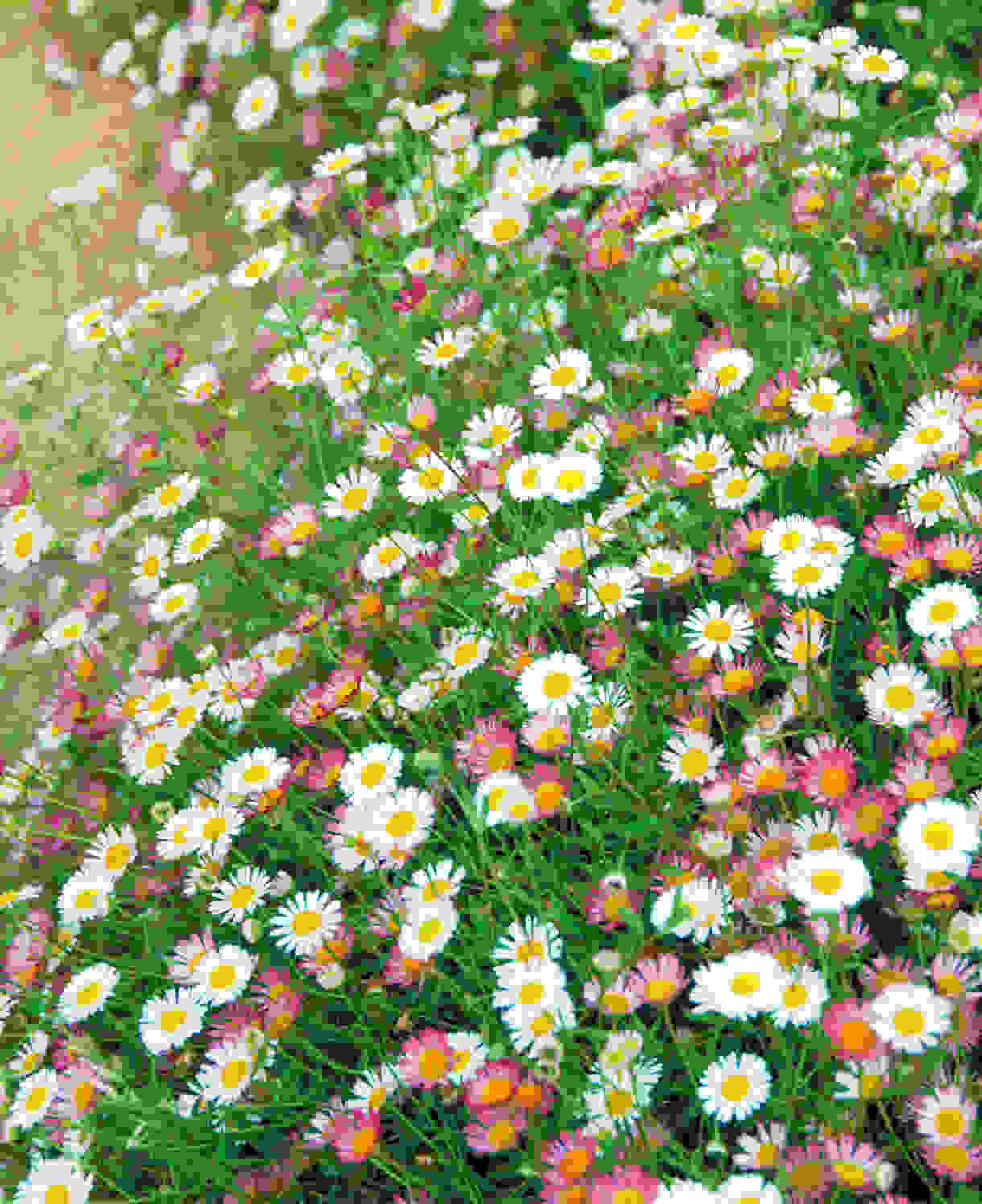
How to care for Holboellia
Pruning and Deadheading
Deadheading should not be necessary as spent flowers will drop naturally whilst those which have been fertilised may turn into decorative fruits (all are edible though not necessarily tasty).
Holboellia are vigorous climbers which belong to RHS Pruning group 11. This means they should be pruned after flowering if they bloom on previous year’s growth and in late winter or spring if they flower on current year’s growth. Most Holboellia flower on previous year’s growth so prune late summer to maintain the desired shape or autumn if you wish to retain the fruits.
Cold Protection
The types of Holboellia stocked by Hayloft are either hardy or fully hardy so, plant where they will attain the necessary levels of protection wherever you garden in the UK.
The hardy (H4) varieties are suitable for milder regions of the UK, and, in colder areas, may need some protection with insulating fleece. The fully hardy (H7) ‘traversii’ should be able to withstand whatever the UK weather can throw at it. Also, bear in mind a sunny wall will offer some extra protection too, but you will need to ensure that the plants still get enough moisture if this is the case.
Pests and Diseases
In general, healthy plants are pest and disease free in the UK.
Watering
Keep soil consistently moist, especially whilst your plant is establishing. Water deeply and regularly, particularly during dry spells or hot weather as holboellia dislike sitting in dry soil. Mulching around the base of the plant can help retain soil moisture and will also suppress weeds.
How to propagate Holboellia
You can make new plants from your Holboellia from semi-hardwood cuttings or layering.
Layering
Layering is the easiest method of propagating Holboellia and flowering sized plants can be obtained almost immediately. The method enables rooting of the layered stem while it is still connected to the mother plant. This can be carried out in autumn or spring and works well for shrubs with shoots that can be bent down to ground level.
- Choose flexible young shoots on the outside of the plant that can be bent down to ground level
- Mark the point where the shoot touches the ground with a bamboo cane
- About 30cm from the shoot tip, make a 2.5-5cm incision along the stem, running through a leaf bud (remove the leaf first if the plant is in leaf). This will create a wedge that is propped open with a small piece of wood
- Apply hormone rooting compound to the surfaces of the wound
- Make a shallow trench in the soil, 10-15cm deep, back from the bamboo cane towards the parent plant
- Peg the wounded section of stem into the trench with a loop of thick wire and secure the tip of the shoot to the bamboo cane, so that it is growing upwards
- Fill up the trench with soil, firm in and water if dry
- Roots should develop within 12 months. When a good root system has formed, sever the layer from the parent plant and transplant to its final position, or into a pot for growing on.
Semi-hardwood cuttings
Semi-ripe cuttings are another easy way to propagate Holboellia. These are taken using stems that are soft at the tip but which have hardened at the base. They will root quickly when taken in summer.
- Snip cuttings off the plant, if possible taking a longer piece than the ideal eventual length of around 10cm (to allow for trimming).
- Put them in a plastic bag straight away to prevent drying out.
- Trim the end of the cutting to just below a node (point at which leaves grow).
- Remove lowest leaves and soft tip, leaving 2-4 leaves.
- If the remaining leaves are large, cut them in half with a sharp knife (to reduce water lost through transpiration).
- Insert the cuttings into a pot of compost which is mixed with just under 50% perlite and water lightly. Several cuttings can be put in the same container if there is enough space to do this without them touching.
- Place in a greenhouse or propagating unit if you have one or covered with a plastic bag on a windowsill if not (out of direct sunlight).
- Keep the cuttings misted and occasionally watered until they root. You will know this has happened when roots emerge out of the bottom of the container.
- Gently remove rooted cuttings and pot them into individual pots.
- Overwinter in a cool yet frost-free environment such as an unheated conservatory, greenhouse, or cold frame, until they are large enough to be planted out in spring.
Common Holboellia questions
Is Holboellia evergreen?
We supply only evergreen varieties. However, even evergreen varieties may become semi-evergreen in cooler temperatures.
How do you encourage Holboellia to flower?
By planting in the right place, with the right soil and sufficient levels of light and sun. As your Holboellia matures over 5-10 years the number of flowers will increase.
Is Holboellia invasive?
Left to its own devices in a frost-free climate, Holboellia can quickly cover over up to 8 metres or more. Fortunately, this rampant nature tends to be kept in check by our colder winters. This, along with regular pruning, will keep it under control.


